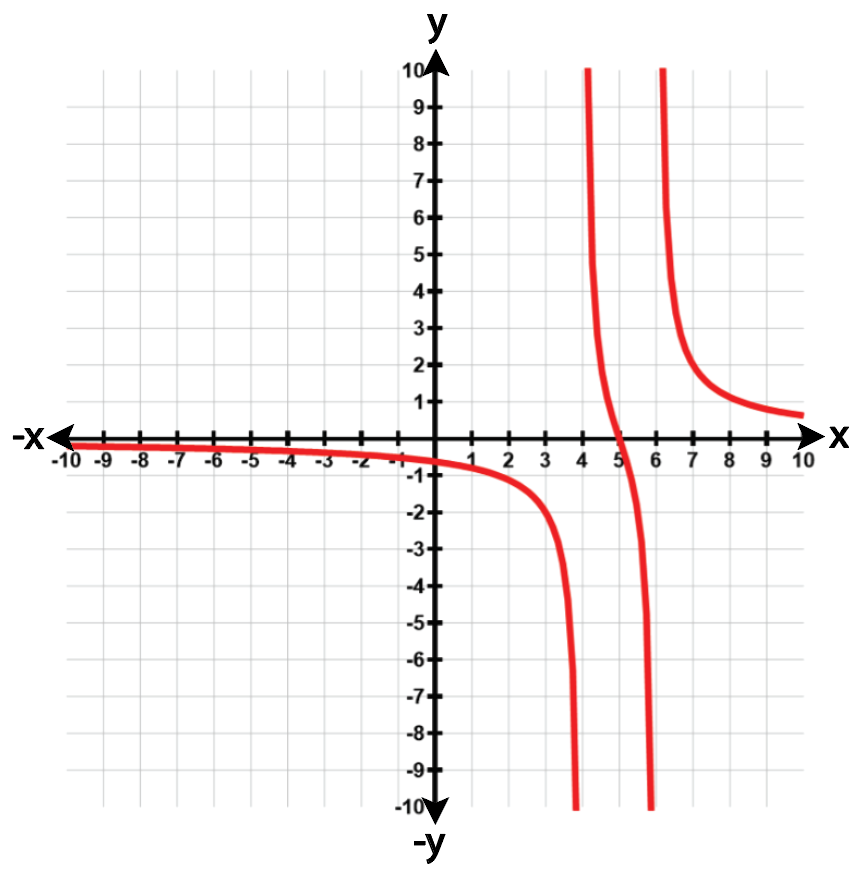Here are the essential concepts you must grasp in order to answer the question correctly.
Rational Functions
A rational function is a function represented by the ratio of two polynomials. In this case, the function is given by 2(X-2) / ((X-1)(X-3)). Understanding the behavior of rational functions, including their asymptotes and intercepts, is crucial for analyzing their graphs and solving inequalities.
Recommended video:
Intro to Rational Functions
Inequalities and Interval Notation
Inequalities express a relationship where one side is greater than or less than the other. Interval notation is a way to represent the solution set of an inequality using intervals, such as (a, b) for values between a and b, or [a, b] for including the endpoints. This notation is essential for clearly communicating the solution to the inequality presented.
Recommended video:
Graph Analysis
Analyzing the graph of a function involves identifying key features such as intercepts, asymptotes, and regions where the function is positive or negative. For the given inequality, understanding where the graph is below the x-axis (i.e., where the function is less than or equal to zero) is necessary to determine the solution set in interval notation.
Recommended video:
Graphs and Coordinates - Example

 Verified step by step guidance
Verified step by step guidance Verified video answer for a similar problem:
Verified video answer for a similar problem:

